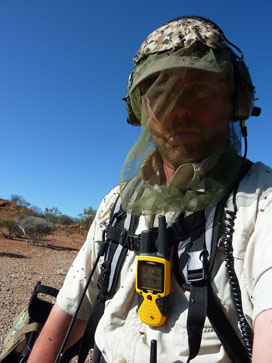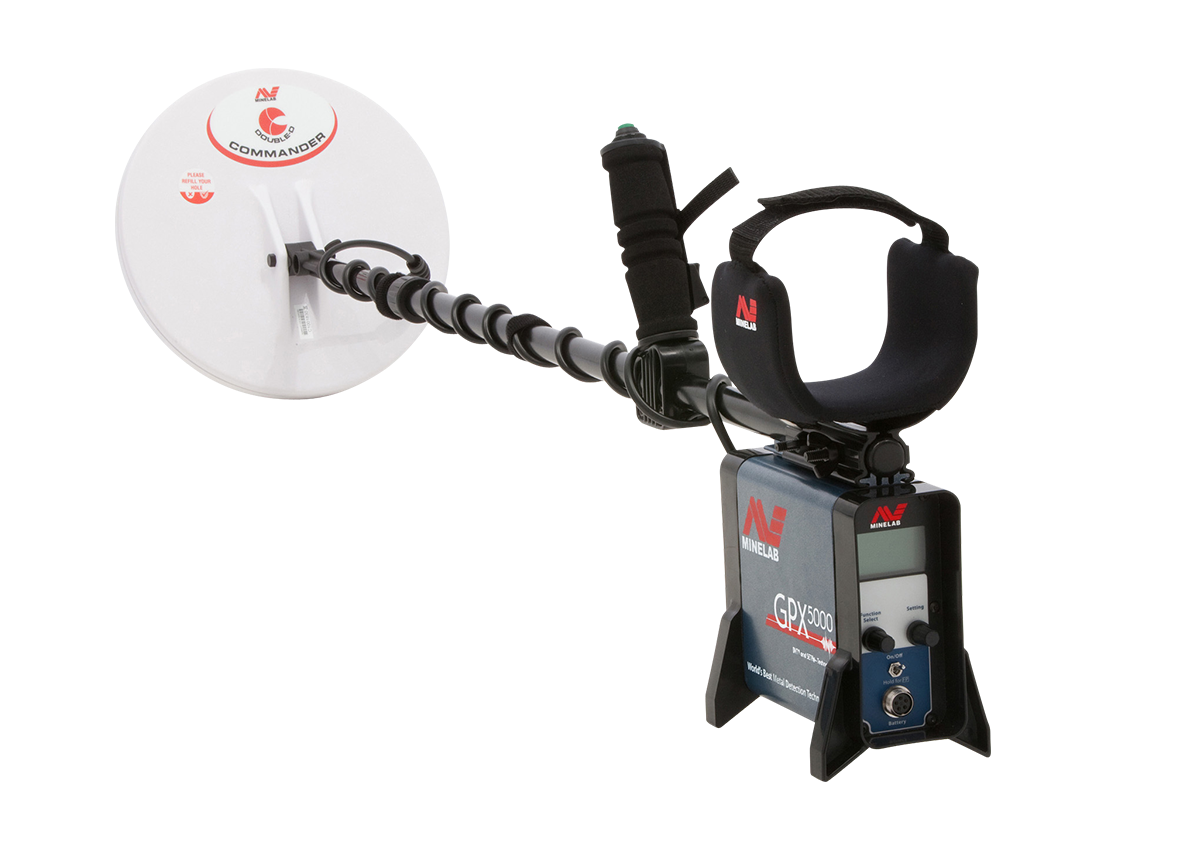Cement as the name suggests is very hard, requiring special methods and tools. In this blog post I wish to discuss the way I set up our GPX 5000s to get maximum performance in the location seen in the video.
Firstly the area was well known to me and as a consequence has seen a lot of attention with all previous models of Minelab detectors dating back to the SD 2000; as such it’s a very good litmus test to the effectiveness of any new Minelab design!

The key to any well-known area is to go in with a positive attitude and being prepared to spend time in getting the detector set up correctly. Here we were aiming for maximum depth on any sized target in the knowledge that most of the larger nuggets would have already been removed due to their more aggressive signature relative to the distance from coil etc.
For best depth I always recommend a round Monoloop coil, as they provide the best outright depth on all target sizes. The next thing is to use a Timing that suits the ground conditions and targets sought; in this particular case it was a toss-up between Normal, Enhance and Fine Gold.

Normal was in the offing because the area had had the top soil removed (including the surface hot rocks) leaving the exposed cap rock that seemed non-variable. Non-variable just means the Ground Balance does not alter rapidly over the ground, meaning the Ground Balance can cope thereby not causing too many spurious noises that could mask a good target. This is particularly important with Monoloop coils as they can react to variation even in quieter ground types. In the end though, targets that were heard with Normal compared to the amount of ground noise created negated the advantage so Enhance and Fine Gold once again became the ’go to’ Timing.
 Next and probably most importantly was achieving a good Ground Balance (GB), this goes for both Fixed and Tracking situations. Fixed is highly recommended for the Smooth class of Timings such as Sensitive Smooth, Enhance and Fine Gold and is also suggested for the other Timings when the ground isn’t too variable. With a Monoloop coil the whole coil winding needs exposing to the ground evenly to achieve the best GB. This means paying particular attention to maintaining a uniform presentation of the coil winding to the ground surface during the GB procedure. The more control you have, the better the GB will be, which in turn provides a better response from faint deep targets.
Next and probably most importantly was achieving a good Ground Balance (GB), this goes for both Fixed and Tracking situations. Fixed is highly recommended for the Smooth class of Timings such as Sensitive Smooth, Enhance and Fine Gold and is also suggested for the other Timings when the ground isn’t too variable. With a Monoloop coil the whole coil winding needs exposing to the ground evenly to achieve the best GB. This means paying particular attention to maintaining a uniform presentation of the coil winding to the ground surface during the GB procedure. The more control you have, the better the GB will be, which in turn provides a better response from faint deep targets.
When in Tracking mode, operators need to understand the GB function or at least what happens when Tracking is triggered. Namely there is a short period of forced GB after the GB is started.
When the forced GB finalises it’s important to have the detector’s GB above a 95%+ state of GB to then allow the electronics to then come up with a mean of the whole, something that’s vital to the final correct GB position, if this is achieved then nuggets can seem to audibly jump out at you!
The refinements in the GPX 5000 easily proved its worth over previous technology, something that was borne out by the 2 plus ounces of gold Chris, Steve and I extracted off the spot during our stay, having the detector set up correctly just made it that much easier.
As always any questions queries are welcome here at Treasure Talk, I sincerely hope you enjoy the latest instalment of ‘The West Australian Adventure’.
Jonathan Porter
The Outback Prospector
Aurum Australis





















Comments